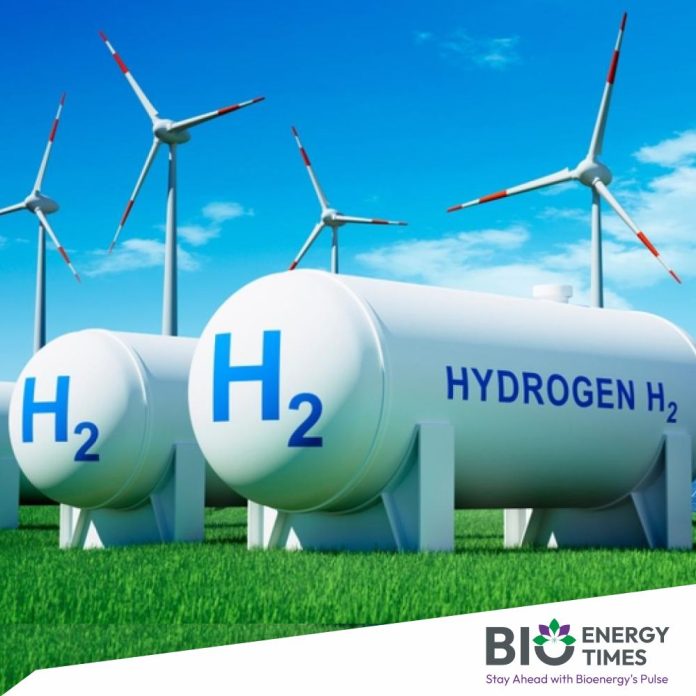Kazakhstan’s flagship green hydrogen initiative, Hyrasia One, is under mounting pressure from environmental experts and civil society groups, who are calling for a major revision of the project’s location to protect fragile ecosystems in the Mangistau region, reports The Times of Central Asia.
The €50 billion ($55 billion) project, developed by Swedish-German firm Svevind Energy Group, aims to become the country’s largest green hydrogen facility, with plans to produce up to two million tonnes annually by 2030 using solar and wind power. However, a recent recommendation from the Public Council under the Ministry of Ecology and Natural Resources has cast doubt on the current site layout.
The council is urging the government and project developers to shift key infrastructure, including the planned “Rahim” and “Kanagat” renewable energy clusters, to areas previously used for oil and gas operations, rather than building in untouched natural habitats.
“Choosing already industrialized zones would make more sense both environmentally and logistically, as these areas already have roads, electricity lines, and mobile network access,” the council said in its published protocol.
Environmentalists argue that the current project design threatens biodiversity, particularly the goitered gazelle—a species listed in Kazakhstan’s Red Book of endangered animals. The project’s infrastructure could also disrupt critical migratory routes and conservation zones shared by Kazakhstan, Uzbekistan, and Turkmenistan.
Protected areas potentially affected include the Ustyurt Nature Reserve, Kyzylsai Nature Park, and parts of Uzbekistan’s and Turkmenistan’s cross-border reserves such as the South Ustyurt National Park and Gaplangyr Reserve.
Beyond environmental concerns, the Public Council raised questions about the legality of land allocations for the project and the transparency of the environmental impact assessment process. Council members claim that Hyrasia One representatives have declined to attend multiple public sessions where these issues were to be addressed.
The council has now forwarded its recommendations and formal objections to the Presidential Administration, the national government, and local authorities in the Mangystau region. The project’s future may hinge on how those bodies respond in the coming weeks.














